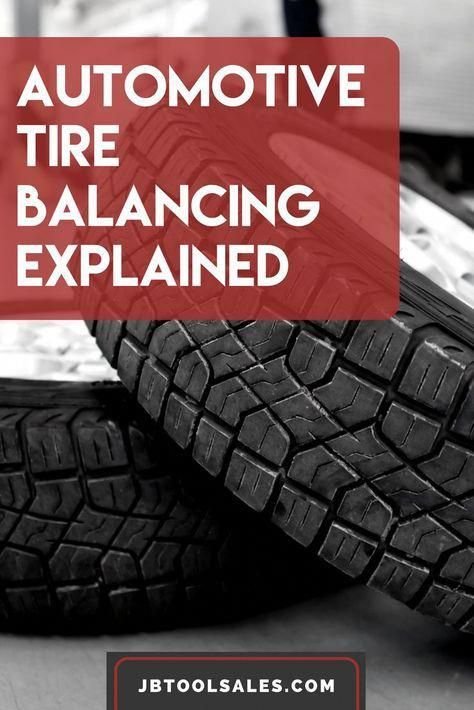Maintenance February 26, 2020
If you own a car, you’ve probably heard about the importance of wheel alignment and wheel balancing. Both of these services extend tire life and improve handling performance, but they shouldn’t be confused for the same thing!
So, what is the difference between wheel alignment and wheel balancing? Keep reading to find out.
What is wheel alignment and balancing?Wheel Alignment
A wheel alignment refers to an adjustment of your vehicle’s suspension (the system that connects a vehicle to its wheels) to make sure the wheels are positioned correctly relative to the road.
There are three types of angles adjusted during a wheel alignment:
Camber: The inward or outward angle of the tire when viewed from the front of the car.
Toe: The inward or outward angle of the tire when viewed from above the vehicle.
Caster: The angle of the steering axis when viewed from the side of the vehicle.
Don’t underestimate the importance of a tire alignment. Without proper alignment, your wheels will resist steering commands and your tires will wear unevenly. Regular alignments will help your tires perform to the best of their ability and last longer.
Wheel Balancing
Wheel balancing refers to an adjustment of any weight imbalances in a tire/wheel. An out-of-balance tire causes a shaky, uneven ride. If left untreated, this uneven distribution of pressure and weight increases the wear and tear on your tires, forcing you to replace them more often than necessary.
To balance your tires, a technician will dismount the wheels from the vehicle and put them onto a special balancing machine. The machine spins the tire at high speeds to determine where there are imbalances. Then, the technician mounts small wheel weights to the tire and wheel assembly to correct the imbalances.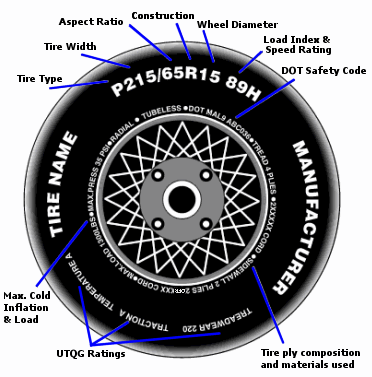
Wheel Alignment
Wheel Balancing
Read: What Pothole Damage Can Do to Your Car
What are the symptoms?Wheel Alignment
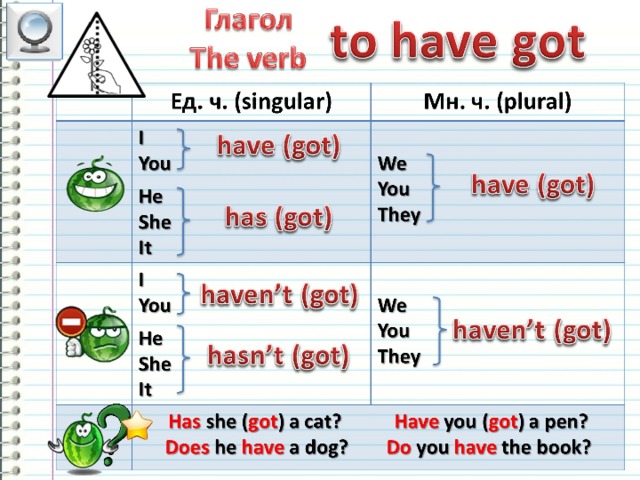 Does the sensation remind you of saw teeth?
Does the sensation remind you of saw teeth?Wheel Balancing
Wheel Alignment
The cost of a wheel alignment varies depending on the repair shop and the vehicle, but it’s typically between $100-$200.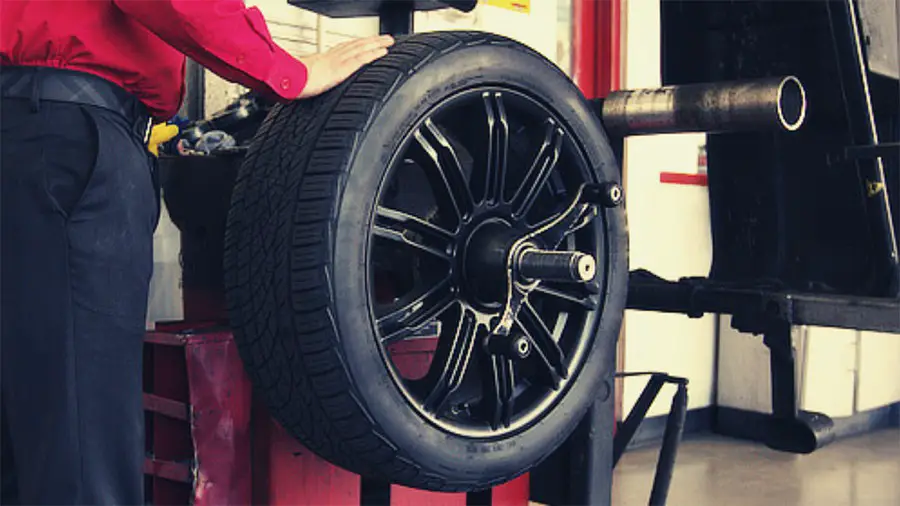 At Virginia Tire & Auto, we use cutting-edge technology from Hunter Engineering to accurately evaluate and adjust the angles of your vehicle’s wheels.
At Virginia Tire & Auto, we use cutting-edge technology from Hunter Engineering to accurately evaluate and adjust the angles of your vehicle’s wheels.
Computerized Alignment service at Virginia Tire & Auto costs $99.99, and Premium Alignment service costs $159.99. Both services come with a 6-month, 6,000-mile warranty.
A Computerized Alignment is fine for most cars, but a Premium Alignment is required for European cars because of their complex steering, suspension and computer systems.
Wheel Balancing
A typical wheel balance service costs anywhere from $15–$50 per tire.
At Virginia Tire & Auto, we offer two types of tire balancing: standard balancing and Road Force Balancing. Standard balancing costs $16 per tire and addresses any up-and-down imbalances. It comes with a 6-month, 6,000-miles warranty.
Road Force Balancing uses specialized equipment to solve balancing issues that a standard balance cannot fix. It costs $32 per tire and comes free with any tire purchase at Virginia Tire & Auto. And, barring any damage to the wheel assembly, you’ll only need to get a Road Force Balance once in the life of the tire.
And, barring any damage to the wheel assembly, you’ll only need to get a Road Force Balance once in the life of the tire.
Similar to most car maintenance services, there is no absolute answer to how often you should get an alignment or tire balance. There are a lot of factors to consider, including how frequently you drive your vehicle, the quality of the roads you drive on, and the quality of your tires.
You should always check your vehicle owner’s manual to find out what the manufacturer recommends. But, generally, wheel balancing is typically required more often than wheel alignment.
A good rule of thumb is to have your wheel alignment and balance checked every 12,000–15,000 miles or once a year (unless you’ve gotten a Road Force Balance service). You should also get your alignment checked and wheels balanced anytime you install new tires. Doing so will help you cut down on costly repairs and fuel costs and give you peace of mind on the road.
Every tire purchase at Virginia Tire & Auto comes with tires&, our easy-installation and worry-free driving package, which helps you save on wheel alignment and balance services. Tires& includes Road Force Balancing, which is good for the life of the tire, as well as a free alignment check.
For the best alignment and balancing service with industry-leading equipment, trust the tire experts at Virginia Tire & Auto. Drop by your local store for service or schedule an appointment online anytime.
The Drive and its partners may earn a commission if you purchase a product through one of our links. Read more.
That vibration you feel while driving down the highway could be a few things, but if you’re lucky it won’t be related to that curb you hit at Starbucks this morning. Your car could be out of alignment, you could have a damaged tire, or, more likely, your tires could be out of balance.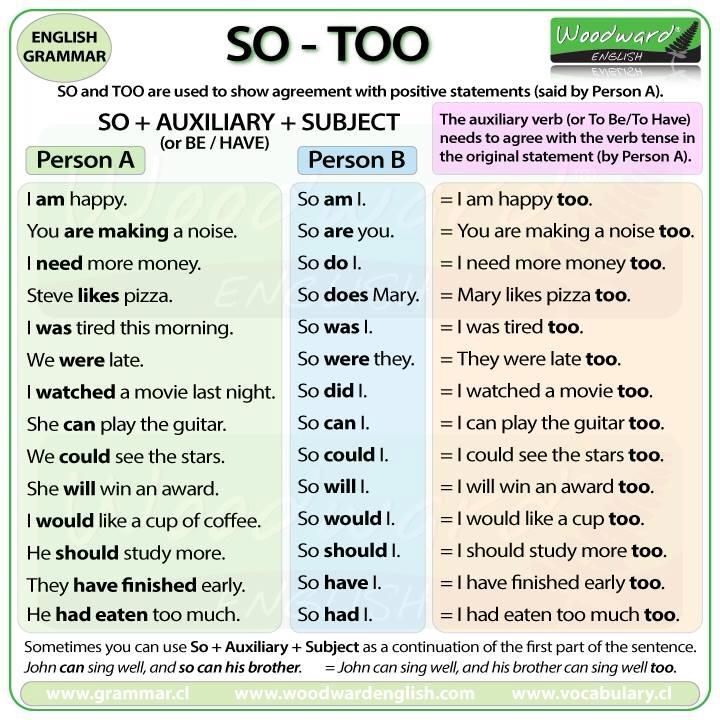 When this happens, the little weights attached to the tire either aren’t doing their jobs properly or are just in the wrong spot.
When this happens, the little weights attached to the tire either aren’t doing their jobs properly or are just in the wrong spot.
While it’s not the most serious problem you can have, driving on imbalanced tires can cause a host of other issues, not the least of which is accelerated wear and tear on the rubber. Most people head to a tire shop when they notice the vibrations that could be coming from an out-of-balance tire, but that’s not totally necessary if you have the right tools.
In this post, The Drive’s info editors break down tire balancing and talk about why it’s important. We’ll also get into how you can do the job at home and why you might want to. The bottom line is that, no matter how you go about dealing with tire balancing, it’s best not to ignore the problem. Your tires, and ultimately your passengers, will thank you for keeping them balanced and turning comfortably.
Most shops use computers to determine proper balancing., DepositphotosTire balancing involves a good pair of shoes, a hushed crowd, and a flaming ring. That’d be fun for us to watch you try to pull off, but it’s not actually what balancing tires is all about. Your car has wheels, obviously, which have tires. In order to spin and ride smoothly, the tires need to have the vehicle’s weight evenly distributed around their circumference. This is done in a few steps by a tire shop:
That’d be fun for us to watch you try to pull off, but it’s not actually what balancing tires is all about. Your car has wheels, obviously, which have tires. In order to spin and ride smoothly, the tires need to have the vehicle’s weight evenly distributed around their circumference. This is done in a few steps by a tire shop:

You. It’s your fault. That’s the short answer, but the longer answer here is that normal driving over rough roads can cause the tire to go out of balance. In other cases, tires just don’t wear evenly, which can have nothing to do with the driver’s behavior at all. Sometimes, tire manufacturers let small defects slip past quality control, which can cause them to wear more in one place over another, and sometimes they’re just not installed properly. Even a tiny weight difference can make a big difference in how a vehicle feels as it rolls down the road.
Unlike some vehicle maintenance issues that tend to hide until the problem gets out of hand, you’ll know when it’s time to get a tire balance or at least a check-up. An imbalance in the tire will cause it to wobble and vibrate as the wheel starts to rotate. The faster the rotation, the more intense the vibration. If you feel a vibration in the steering wheel, that’s probably related to an issue with the front tires’ balance, but a vibration that can be felt in your seat likely indicates an issue with rear-tire balance.
An imbalance in the tire will cause it to wobble and vibrate as the wheel starts to rotate. The faster the rotation, the more intense the vibration. If you feel a vibration in the steering wheel, that’s probably related to an issue with the front tires’ balance, but a vibration that can be felt in your seat likely indicates an issue with rear-tire balance.
You can, but it’ll take some equipment that you probably don’t have just hanging out at home. You’ll need a tire balancer, which can tell you where to place weights on the tire to balance out heavy spots.
There is a way to balance your tires without removing them from the vehicle, but it involves an annoying process of trial and error that won’t be for everyone. For that reason, we’re going to stick with recommending a balancing device.
When we say tires, we’re referring specifically to the rubber, not to the wheels themselves. We’ll note when the wheel is involved, but for most topics in this post, we’re only talking about the tires.
Balance refers to the tires’ ability to rotate smoothly without undesirable vibrations. Due to variations in manufacturing technologies and damage that could occur during shipping and handling, a tire can be heavier on one side or another for various reasons.
When we say rotations, we're talking specifically about tire and wheel rotation.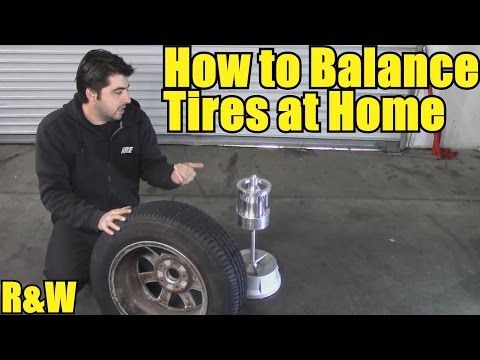 This is different from your engine’s rotations per minute (RPM), which is a mechanical system that doesn’t have anything to do with tires.
This is different from your engine’s rotations per minute (RPM), which is a mechanical system that doesn’t have anything to do with tires.
Weights are exactly what they sound like. They are placed at specific spots around a tire to ensure that any heavy spots have a counterbalance to even them out on the other side of the tire.
A pro can have your tire and wheel balanced in no time., DepositphotosYou’ve got questions, The Drive has answers!
A. Well, you can, but you won't be comfortable or safe while doing it. An out-of-balance tire can make your car’s ride unbearable with vibrations, and it could affect safety if it’s distracting enough to take your attention off the road.
A. Many tire shops offer free balancing as part of tire packages that are purchased from them, but you’ll have to pay for it in other cases. On average, plan to spend between $15 and $75, depending on your vehicle, the tires, and the shop.
A. You should have your tires checked at each oil change, which is generally every 5,000 to 15,000 miles, to avoid letting a problem fester that could cause wear issues or safety problems with your vehicle. This doesn’t mean you’ll need a balance every time. It just means that you should be keeping on top of what’s happening with your tires.
 Is Tire Balance Different Than Alignment?
Is Tire Balance Different Than Alignment?A. Yes. Alignment refers to your vehicle’s wheels and how they’re positioned in relation to the road. Alignment jobs typically adjust things like camber, which is the angle at which the wheels sit on a car.
A. Tires that are out of balance can cause improper wear and may lead to the engine needing to generate more power to keep them spinning at a consistent speed.
We’re here to be expert guides in everything How-To related. Use us, compliment us, yell at us. Comment below and let’s talk! You can also shout at us on Twitter or Instagram, here are our profiles.
Jonathon Klein: Twitter (@jonathon.klein), Instagram (@jonathon_klein)
Tony Markovich: Twitter (@T_Marko), Instagram (@t_marko)
Chris Teague: Twitter (@TeagueDrives), Instagram (@TeagueDrives)
GoPlus Portable Wheel Balancer
Mayflower Heavy Duty Wheel and Tire Balancer
CKAuto .25oz Tire Weights
Boulder Tools Tire Repair Kit
LADA
UAZ
KIA
Hyundai
Renault
Toyota
Volkswagen
Skoda
BMC
BMAN
BMARS
BMAN
Mitsubishi
Mazda
Ford
All brands
nine0003
Related materials
Seasonal tire change: everything car owners need to know
To begin with, a small educational program. Balancing is the alignment of the center of mass of the wheel with the axis of rotation. In this case, the loads are fixed opposite the heavy part of the wheel. This is the definition of static balancing. And since the wheel is not a thin disk, but rather a wide roller, the so-called dynamic balancing is necessary, when loads are placed both on the outer and on the inner parts of the wheel disk. Naturally, the wheels need to be balanced immediately after mounting the tire on the rim: after all, the imbalance can reach 50–60 g on each side. If it turns out more, then it makes sense to "twist" the tire relative to the disk, ensuring their mutual rotation by 180 degrees. With this initial balancing, tire workers provide an imbalance of less than 5 g per side. It is believed that a new tire is capable of slightly changing its position on the disk in the first kilometers, and therefore the balancing will go away a little. nine0003
Balancing is the alignment of the center of mass of the wheel with the axis of rotation. In this case, the loads are fixed opposite the heavy part of the wheel. This is the definition of static balancing. And since the wheel is not a thin disk, but rather a wide roller, the so-called dynamic balancing is necessary, when loads are placed both on the outer and on the inner parts of the wheel disk. Naturally, the wheels need to be balanced immediately after mounting the tire on the rim: after all, the imbalance can reach 50–60 g on each side. If it turns out more, then it makes sense to "twist" the tire relative to the disk, ensuring their mutual rotation by 180 degrees. With this initial balancing, tire workers provide an imbalance of less than 5 g per side. It is believed that a new tire is capable of slightly changing its position on the disk in the first kilometers, and therefore the balancing will go away a little. nine0003
Now let's turn directly to our topic. If you alternately install either winter or summer tires on the same wheels, then you cannot avoid balancing.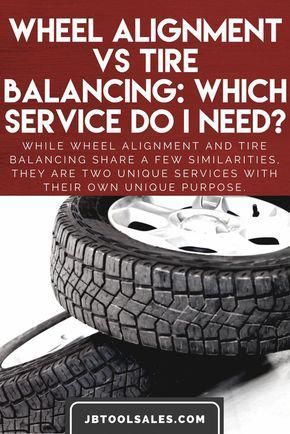 There is nothing to argue about here. The question of balancing every season arises only for those car owners who have two complete sets of wheels: summer and winter.
There is nothing to argue about here. The question of balancing every season arises only for those car owners who have two complete sets of wheels: summer and winter.
Related materials
Routine work that everyone ignores (and in vain!)
So, should the wheels be balanced at every seasonal change? nine0053
If you approach the process formally, then you should remember the instructions for the car. It is usually recommended to balance the wheels after a run of 10,000 to 15,000 km. If you drive less in one season, then you definitely shouldn’t balance, except for the cases specified below.
But this is in theory, but in practice I advise you to monitor the behavior of the car. If there is no noticeable beating of the steering wheel, then balancing is not needed. The beating of the rear wheels is felt less, but they usually suffer less often. In any case, you should feel a strong imbalance. nine0003
If you change your own wheels twice a year, the following recommendation applies.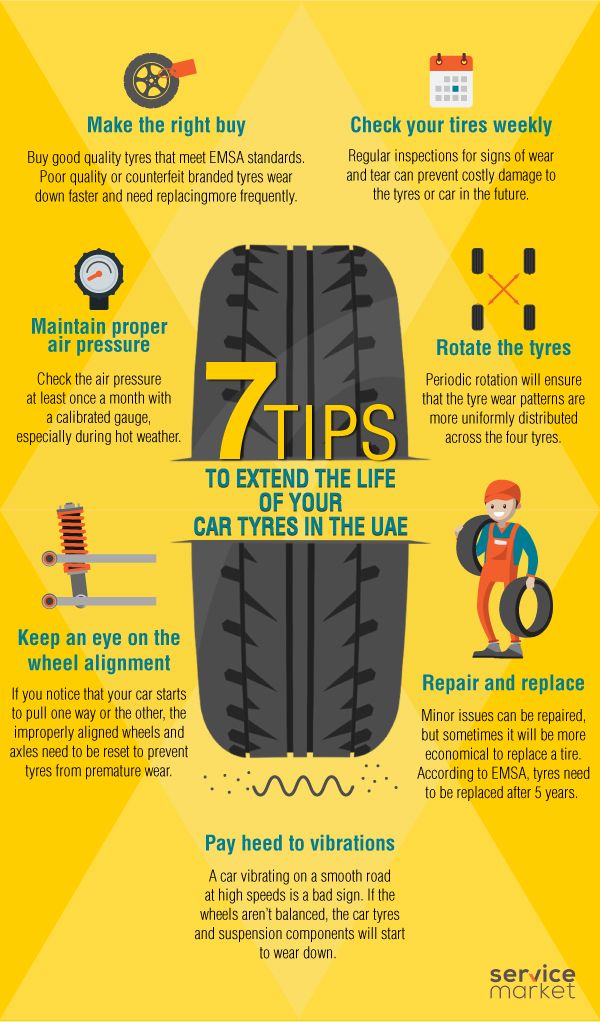 Put the wheels on and ride for a couple of days. During this time, the tire will get rid of the deformations that occurred during storage. If there are no vibrations at any speed with which you drive, balancing can not be carried out.
Put the wheels on and ride for a couple of days. During this time, the tire will get rid of the deformations that occurred during storage. If there are no vibrations at any speed with which you drive, balancing can not be carried out.
Related materials
10 procedures without which it is better not to drive
Balancing is required in the following cases:
Photo: depositphotos.com
Our new video
Test of Haval Dargo and Mitsubishi Outlander (video)
The story stopped there: the test of the last Volga
5 meters, 9 seats, boosted engine.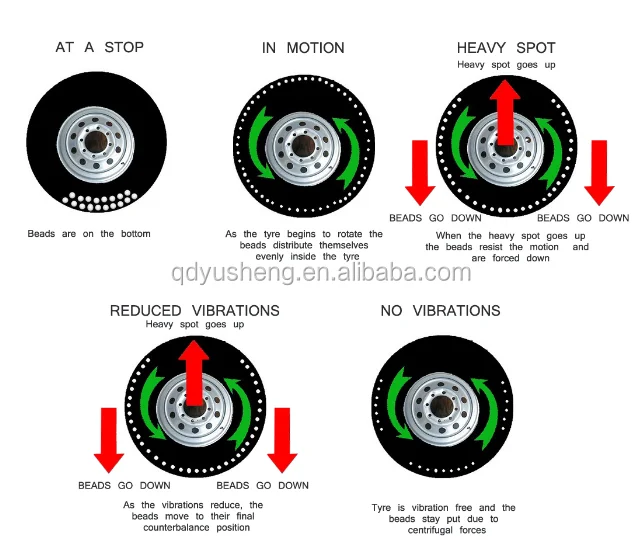 .. is that Lada? Yes!
.. is that Lada? Yes!
Did you like the note? Subscribe and you will always be in the know!
Driving in Zen
Lack of wheel balance is not only a deferred suspension expense and premature tire wear, but also a potential threat to safe driving. Wheel wobble leads to uneven "eating" of the tire, vibrations on the steering wheel, which are more felt with increasing speed. nine0003
However, once done balancing is not something eternal. Poor road surface, long-term storage, errors in operation lead to wheel imbalance. Winter and summer tires on two sets of discs do not save here.
Regardless of the operating options, the answer here is unambiguous: yes, balancing is needed.
Consider the option with two sets of rubber on the disks.
After leaving the winter, the driver sends the winter set for storage in the garage or on the balcony.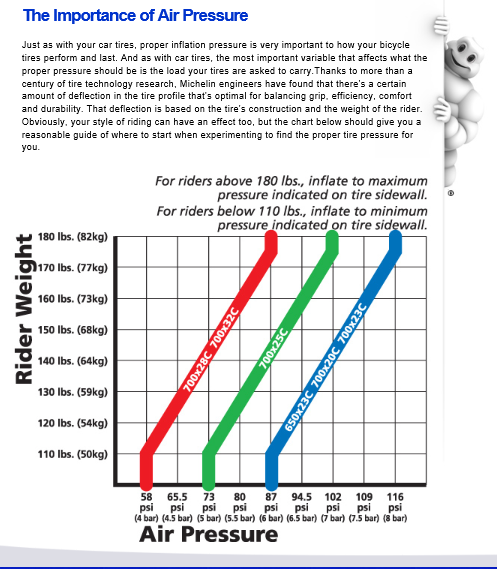 The wheels will only return to the car closer to the next first snow. During the operation, the wheel with a high degree of probability flew into the pit more than once, it is possible that the tire was not inflated in time, it was operated in modes not intended for it. All this can lead to loss of weights, a slight change in tire weight, but enough to upset the balance of the wheel.
The wheels will only return to the car closer to the next first snow. During the operation, the wheel with a high degree of probability flew into the pit more than once, it is possible that the tire was not inflated in time, it was operated in modes not intended for it. All this can lead to loss of weights, a slight change in tire weight, but enough to upset the balance of the wheel.
Tire manufacturers recommend balancing every 10-15 thousand km. Each driver has his own driving mode, so these recommendations are quite difficult to follow. It is better to check and balance before the start of the season.
At the expense of winter studded tires, there is a special opinion that the mileage until the next check is 5 thousand km. The reason is the flying spikes and increased loads on the wheel, which are formed due to adhering ice.
It is also recommended to balance after a puncture or cut has been repaired, after a serious blow.
The quality of work is influenced, first of all, by the equipment.